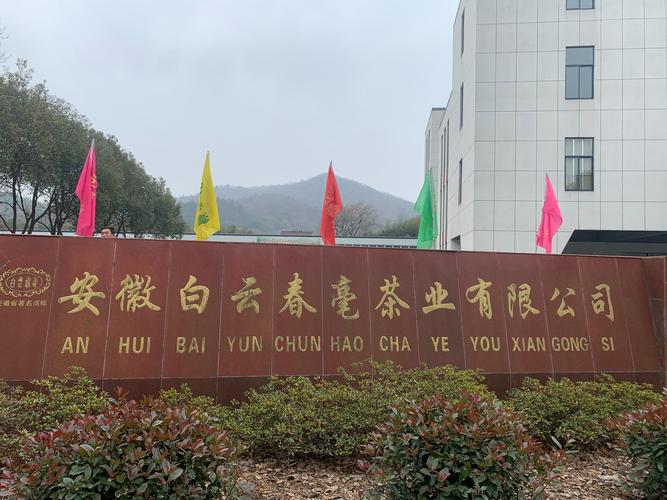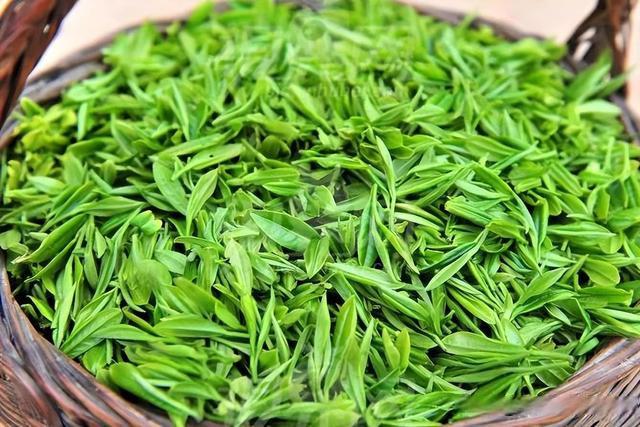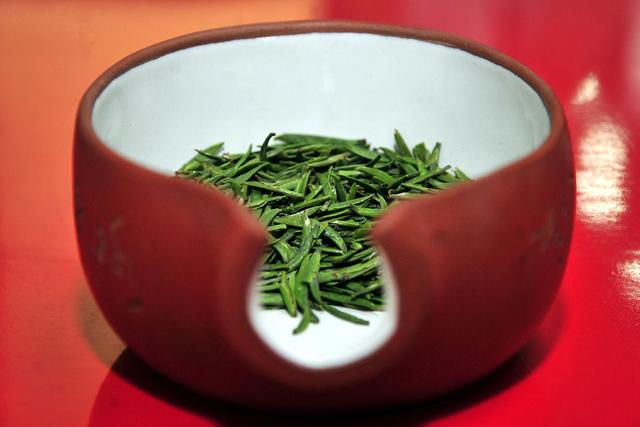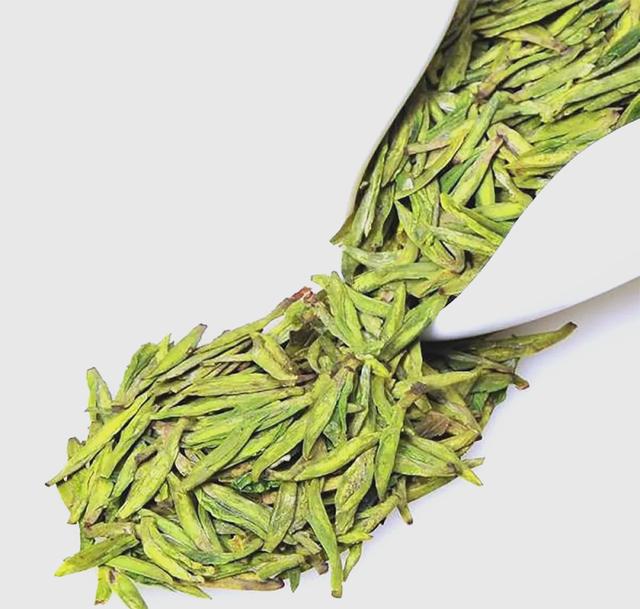Nestled in the mist-shrouded slopes of Mount Jiuhua in Anhui Province, China, grows a tea revered for its elegance and spiritual heritage: Jiuhua Maofeng (九华毛峰). This green tea, also known as Jiuhua Buddha Tea, embodies the harmony between nature and human craftsmanship, with a history intertwined with the sacred Buddhist traditions of the region. Let us explore its unique characteristics, cultural significance, and the artistry behind every sip.

Origins and Historical Legacy
The story of Jiuhua Maofeng dates back to the Tang Dynasty, when Kim Jiao-jeom (Jinzang), a Korean monk, settled on Mount Jiuhua—later revered as the Bodhimanda of Kṣitigarbha Bodhisattva. Historical records, including his poem “Sending the Young Disciple Down the Mountain,” hint at tea cultivation on the mountain as early as the 8th century. By the Ming Dynasty, Li Shizhen’s Compendium of Materia Medica formally acknowledged Jiuhua tea as a regional treasure, while Qing Dynasty texts praised its “celestial flavor nurtured by mist and clouds.”
The tea gained international acclaim in 1915 when Huangshi Stream Maofeng won a gold medal at the Panama Pacific International Exposition. Though subsequent wars hindered its growth, the post-reform era revived its legacy, with modern production techniques blending tradition and innovation.
Terroir: Where Heaven Meets Earth
Mount Jiuhua’s unique microclimate shapes Jiuhua Maofeng’s character. Nestled in a basin at 600–1,000 meters above sea level, the tea gardens thrive in:
- Soil: Rich brown forest soil and yellow sandy loam, enriched by centuries of fallen leaves.
- Climate: Warm, humid air with short daily sun exposure, prolonged frost-free periods, and frequent morning mists that cloak the tea bushes like a monk’s robe.
This environment fosters slow, steady growth, allowing the tea leaves to develop delicate flavors and aroma compounds.
Craftsmanship: From Leaf to Legacy
Harvested between Qingming and Guyu (early April to mid-May), Jiuhua Maofeng undergoes meticulous processing:
- Plucking: Only the tender bud and one leaf are handpicked, ensuring uniformity.
- Withering: Leaves are spread in bamboo trays to reduce moisture.
- Fixation (Killing Green): High-temperature pan-frying halts oxidation, preserving the tea’s vibrant green hue.
- Rolling: Gentle rolling shapes the leaves into slender spirals, releasing essential oils.
- Drying: Final baking in charcoal-heated ovens locks in aroma and flavor.
The result is a tea with a tight, slender appearance, silver-white hairs, and a jade-like luster.
Brewing Ritual: A Dance of Water and Leaves
To savor Jiuhua Maofeng’s essence:
- Teaware: Use a porcelain gaiwan or glass cup to admire the unfolding leaves.
- Water: 85–90°C (185–194°F) filtered spring water.
- Ratio: 3g tea to 120ml water (1:40).
- Steps:
- Awaken: Rinse the leaves with a quick 5-second pour.
- Infuse: Brew for 1–2 minutes, adjusting for subsequent infusions.
- Savor: The liquor reveals a pale green hue, a floral-vegetal aroma, and a mellow, chestnut-sweet finish.
A single serving can yield 4–5 infusions, with flavors evolving from grassy freshness to lingering sweetness.
Quality Assessment: The Connoisseur’s Eye
- Visual: Leaves should resemble pine needles, with downy buds and emerald-green hues.
- Aroma: Fresh orchid and chestnut notes, free of mustiness.
- Taste: Balanced astringency and sweetness, with a clean, persistent aftertaste.
- Infused Leaves: Unfurl to reveal whole buds and tender leaves—a hallmark of superior craftsmanship.
Grading and Pricing
Jiuhua Maofeng is classified into grades based on plucking standards and appearance:
- Supreme Grade (Tribute): Single buds, silvery tips.
- Special Grade: Bud and one leaf, uniform size.
- Premium Grade: Bud and two leaves, slightly larger.
Prices range from ¥300–¥800 per 500g, reflecting seasonal variations and craftsmanship.
Wellness Benefits: Nature’s Elixir
Rich in antioxidants (catechins), vitamins, and amino acids, Jiuhua Maofeng offers:
- Mental Clarity: L-theanine promotes focus without jitters.
- Metabolic Support: Aids digestion and fat oxidation.
- Antioxidant Defense: Combats free radicals linked to aging.
Cultural Significance: Tea and Zen
Mount Jiuhua’s monasteries have long integrated tea into their practices. Monks cultivate tea gardens as acts of devotion, and the act of serving tea symbolizes purity and mindfulness. Today, Jiuhua Maofeng remains a cherished offering in Buddhist ceremonies and a bridge between spirituality and daily life.
Conclusion
Jiuhua Maofeng is more than a beverage—it is a testament to the symbiosis of nature, history, and human artistry. Whether sipped in a tranquil temple courtyard or a bustling modern teahouse, it invites contemplation of timeless traditions and the quiet beauty of Mount Jiuhua’s misty peaks.



